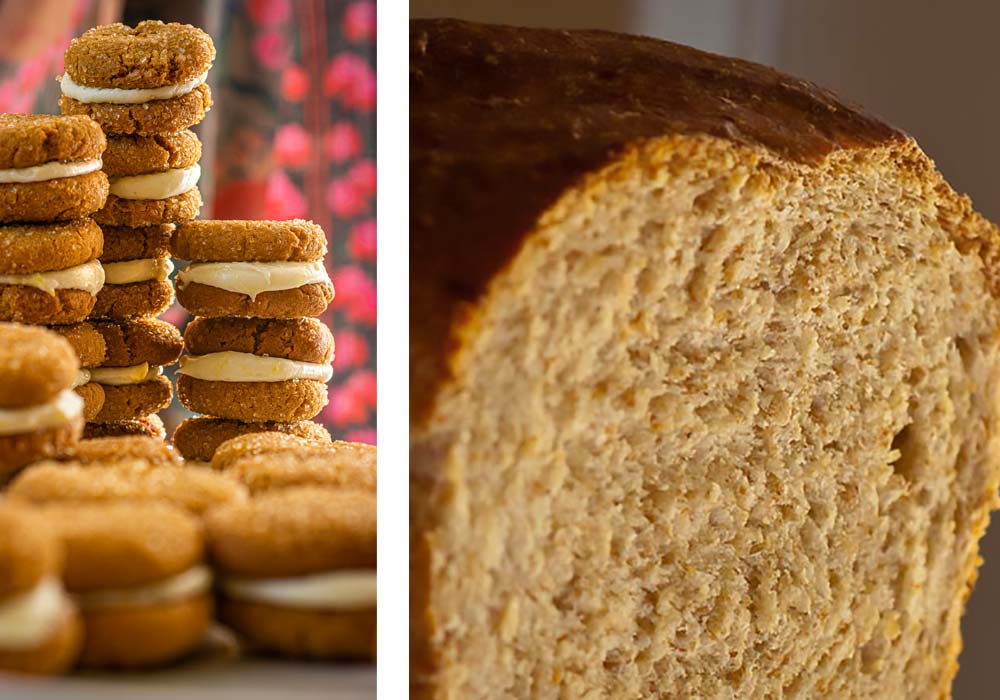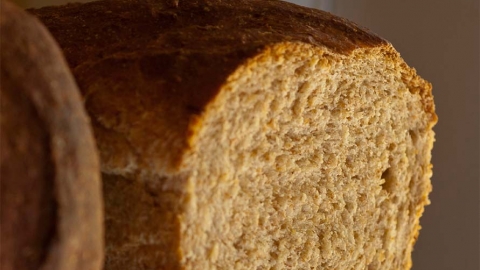Southern Sweetness
To make the uniquely Southern syrup called sorghum molasses, the sweet sorghum stalks, which look like corn stalks without ears, are crushed through rollers to extract juice, just the way sugar cane is pressed to extract its juice to evaporate into sugar.
And much like maple syrup, which starts off as a clear and watery sap, the thin, clear sorghum juice is boiled to concentrate its flavor and thicken. Commonly in Kentucky it is boiled in trays over outdoor wood fires, and pushed with small paddles through a series of switch-backing channels built into the trays. As the syrup reaches the last channel, it is dark and its bubbles become large and slow to pop, a sure sign it is ready to be bottled.
Sorghum isn’t native to the U.S. It was brought here by slaves and became an integral part of Southern agriculture. By the 1850s, farmers were using the stalks to augment cattle feed. Sorghum tolerates hot temperatures and dry conditions and has been grown around the South, characteristically by self-sufficient families who could grow the stalks for sweetener when they might not be able to get sugar.
Called “molasses” in the South, sorghum pours like honey and is not quite but nearly as dark as blackstrap molasses (which comes from sugar cane). In traditional Southern food culture, sorghum is usually paired with biscuits, cornbread and other quick breads.
Sorghum does not have the bitterness of blackstrap, but does have a similar distinct earthiness that blends well with spices, including fresh or dried ginger, cinnamon, nutmeg, black and red pepper, cardamom, allspice and cloves. And its flavor matches cool-weather crops as well: sweet potatoes, hard orange squash and greens.
In all cases sorghum can be substituted for more common molasses, and often for honey, though the flavors are quite different.









